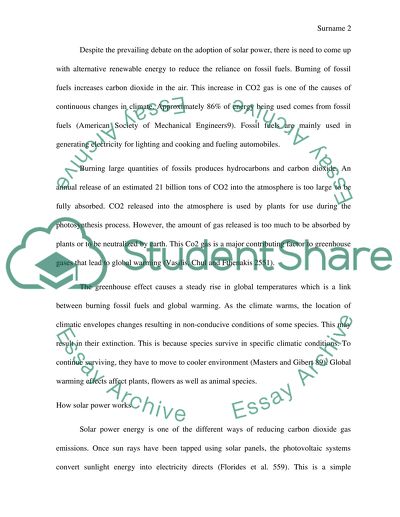Cite this document
(“Energy Efficiency: Solar Power as an alternative to reduce emissions Research Paper”, n.d.)
Energy Efficiency: Solar Power as an alternative to reduce emissions Research Paper. Retrieved from https://studentshare.org/social-science/1691292-energy-efficiency-solar-power-as-an-alternative-to-reduce-emissions-of-co2
Energy Efficiency: Solar Power as an alternative to reduce emissions Research Paper. Retrieved from https://studentshare.org/social-science/1691292-energy-efficiency-solar-power-as-an-alternative-to-reduce-emissions-of-co2
(Energy Efficiency: Solar Power As an Alternative to Reduce Emissions Research Paper)
Energy Efficiency: Solar Power As an Alternative to Reduce Emissions Research Paper. https://studentshare.org/social-science/1691292-energy-efficiency-solar-power-as-an-alternative-to-reduce-emissions-of-co2.
Energy Efficiency: Solar Power As an Alternative to Reduce Emissions Research Paper. https://studentshare.org/social-science/1691292-energy-efficiency-solar-power-as-an-alternative-to-reduce-emissions-of-co2.
“Energy Efficiency: Solar Power As an Alternative to Reduce Emissions Research Paper”, n.d. https://studentshare.org/social-science/1691292-energy-efficiency-solar-power-as-an-alternative-to-reduce-emissions-of-co2.


